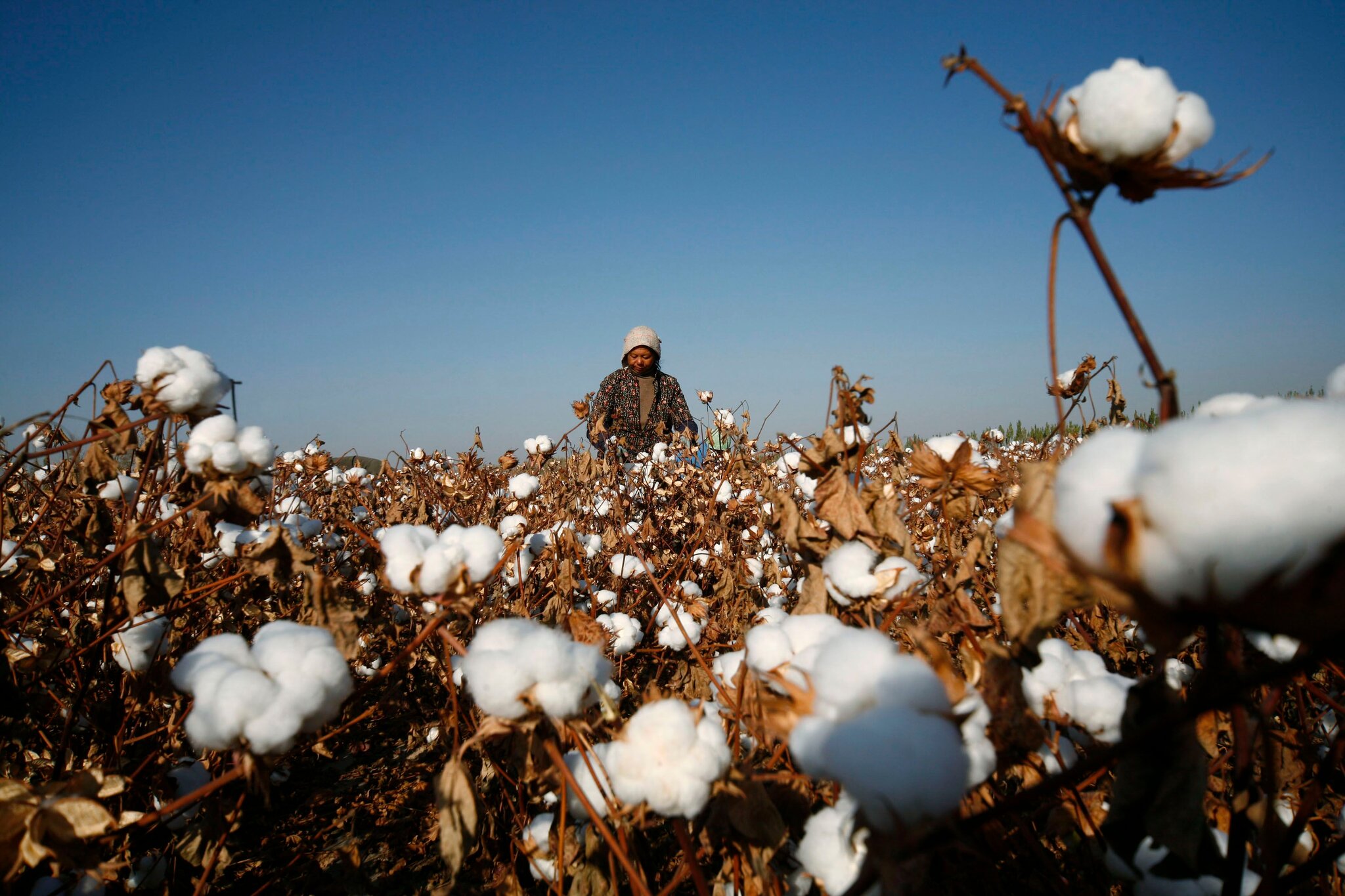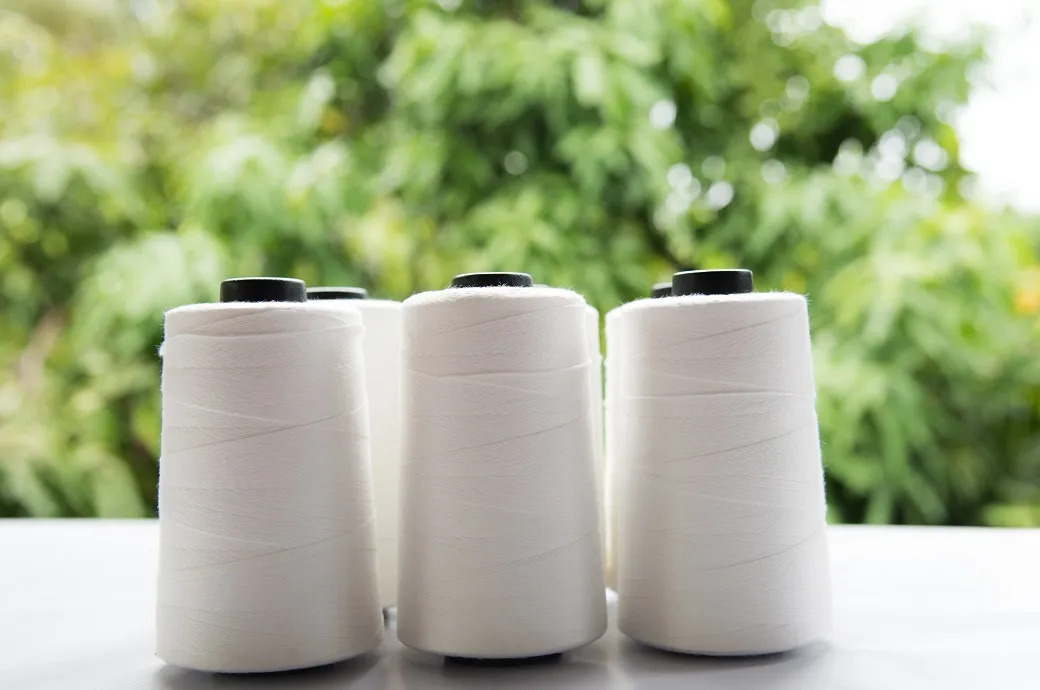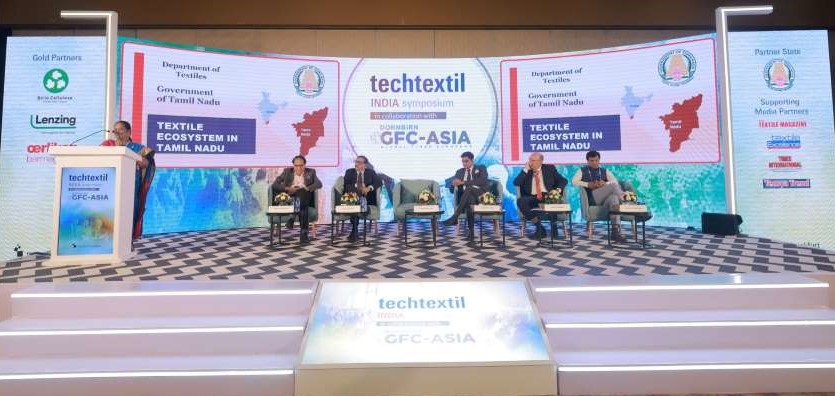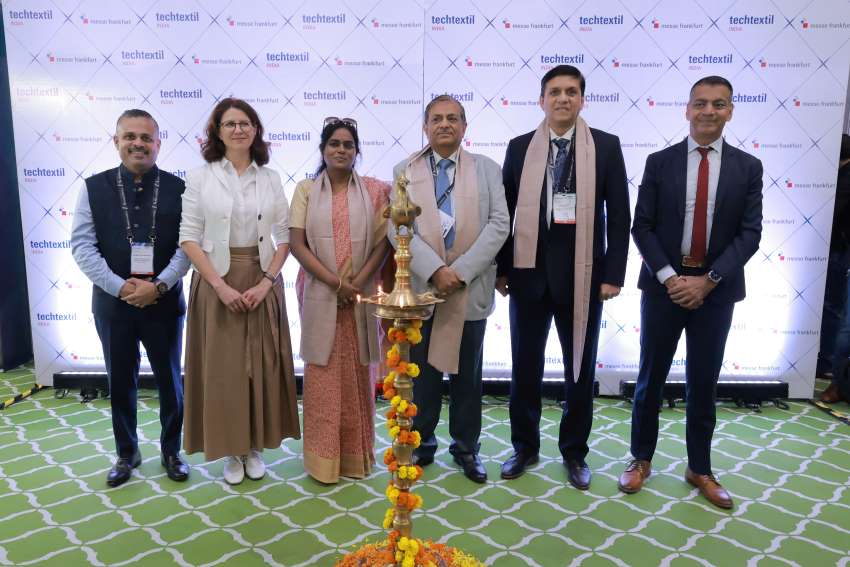
In 2024, China's polyester industrial yarn (PIY) exports soared to 559,600 tons, marking a notable 7.6 per cent year-on-year increase. This rise is due to rebounding global demand and reduced EU anti-dumping duties, has reshaped the dynamics of the global yarn market, presenting both challenges and opportunities for India's burgeoning yarn industry.
Impact on India's yarn trade
Imports from China: While specific data on the volume of Chinese PIY imported by India remains sparse India, as a significant consumer of polyester yarn, is inevitably influenced by China's export growth. The increased availability of Chinese PIY in the global market indirectly impacts India's domestic prices and availability, necessitating deeper analysis to quantify precise import volumes and their market implications.
Exports from India: Concurrently, India exported 30,145 tons of PIY in 2024, reflecting a modest increase from the previous year. However, amidst China's expanded global footprint, Indian exporters face heightened competition in international markets. Despite being among China's top 10 export destinations, India contends with challenges in maintaining competitive pricing and market share, particularly in regions where Chinese PIY is increasingly prevalent.
Table: China's top 10 PIY export markets (2023-2024)
Nation 2024 (tons) 2023 (tons) YoY change (tons) US 62,343 51,441 10,902 South Korea 55,948 49,493 6,455 Turkey 40,277 43,436 -3,159 Vietnam 37,186 27,878 9,308 Brazil 33,014 33,414 -400 India 30,145 28,616 1,529 Russia 24,286 33,493 -9,207 Belgium 20,998 15,102 5,896 Canada 19,364 18,543 821 Germany 17,818 17,174 644
The global impact of China's export growth
China's robust export performance in PIY is primarily driven by recovering demand from overseas markets, particularly in developed economies where polyester yarn is integral to sectors such as automotive, infrastructure, and transportation. The gradual relaxation of EU anti-dumping measures in 2023 further bolstered China's export capabilities, allowing its PIY exports to EU nations to rebound by 11.2 per cent year-on-year.
Moreover, China's strategic expansion in high-modulus low-shrinkage (HMLS) PIY production capacity in late 2024 has enhanced its export competitiveness, catering to diverse global markets with increased supply flexibility.
Impacts on global markets
Price fluctuations: The rise in demand and subsequent increase in both imports and exports can lead to price volatility in the PIY market. The increase in domestic supply in China could put downward pressure on global prices.
Competition: Growth of China as both a major importer (initially) and exporter intensifies competition in the global PIY market. Other producing countries need to adapt to this increased competition, potentially through innovation, cost optimization, or specialization in niche markets.
Supply chain disruptions: Trade policy changes, like anti-dumping duties, can create significant disruptions in the global PIY supply chain. Companies need to diversify their sourcing and markets to mitigate risks associated with such policies.
Technological advancements: The increasing demand for HMLS PIY highlights the importance of technological advancements in the textile industry. Manufacturers who invest in R&D and produce high-performance materials will likely have a competitive advantage.
Regional shifts in production: The data suggests potential regional shifts in PIY production. The increase in Vietnam's exports to China (before the increase in China's domestic capacity) illustrates how production can shift to take advantage of favorable conditions. The increase in China's domestic production suggests a potential move towards greater self-sufficiency.
Looking at China's PIY exports in 2025 suggests a potential moderation in growth rates following the substantial base set in 2024. For India, this means higher competitiveness through value-added products, targeted niche markets, and agile pricing strategies. Therefore, as China consolidates its position as a dominant player in the global PIY market, India's yarn industry faces a strong competition. Adapting to this growing competition requires proactive strategies that prioritize innovation, market diversification, and operational efficiency. By embracing these imperatives, India can not only safeguard its market position but also seize new opportunities amidst the evolving landscape of international trade in polyester industrial yarn.
In essence, while China's export surge poses challenges, it also beckons India to forge ahead with resilience and strategic foresight in the competitive global yarn market.












